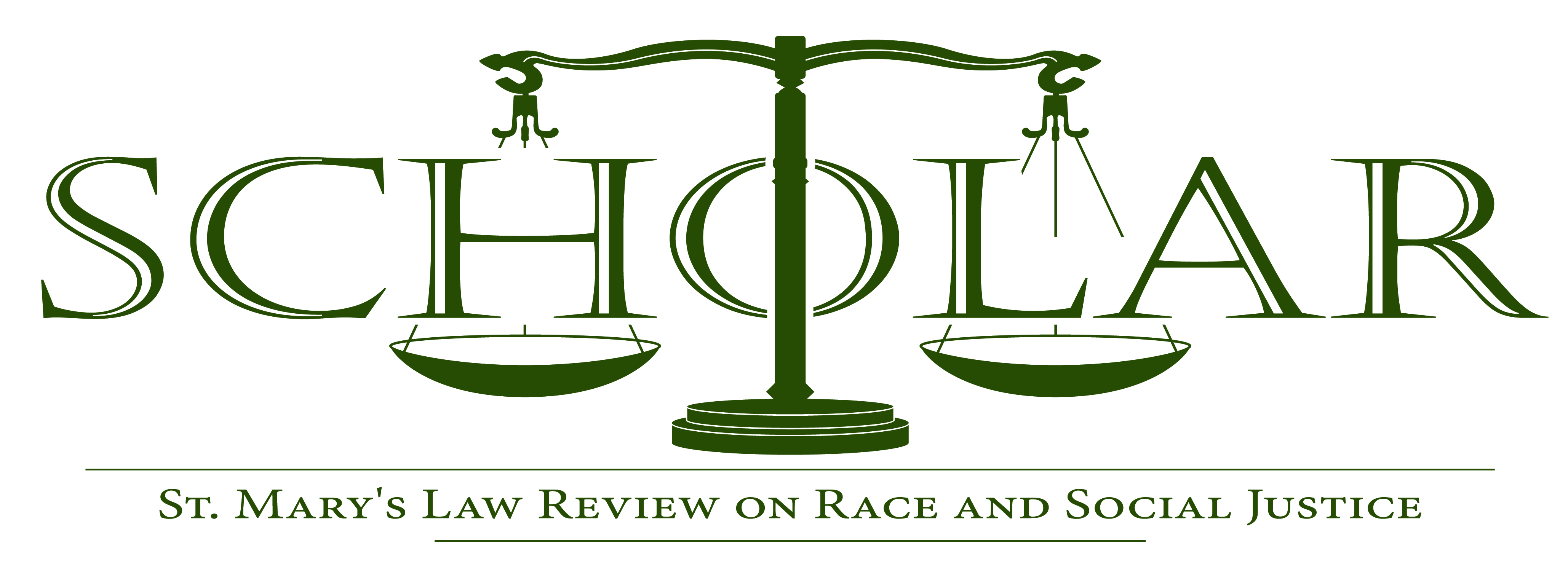
Abstract
The application of the plenary power doctrine, established in the Chinese Exclusion Case, not only fails to reflect reality, its application also continues to perpetuate the blatant racism underlying its creation. The Supreme Court couched the doctrine’s plainly racist context by offering three justifications for its creation: sovereignty, national security, and self-definition of the political community. However, when examined, the Court’s reasonings hold little, if any, merit and seem to simply be an attempt to justify the legislature’s racial animus toward Chinese immigrants. First, while international law provided the basis for the plenary power doctrine, courts refuse to allow international law to define the scope of the doctrine. Second, if courts are able to balance national security interests on the war on terror, courts are able to balance national security interests when cases involve no concrete national security interests. Finally, as a political community, the United States citizenry already self-defined and constrained itself with the assertion in the Constitution that “[n]o person shall … be deprived of life, liberty, or property, without due process of law.” If the citizenry wanted to exclude certain persons from this, the Constitution should not have granted all person due process rights. Simply discarding the plenary power doctrine, however, would not solve the discriminatory impacts on aliens, due in large part to the Supreme Court decision in Washington v. Davis. The Court held for the Equal Protection Clause to be violated, the law must intend to discriminate on the basis of race, meaning that even a dramatic shift in doctrine would likely give the government room to racially discriminate. To combat this, critical race theory should be applied to address discrimination that far exceeds the narrow boundaries of intentional discrimination and to properly remedy the abuses aliens face under the current jurisprudence.
Date Created
2009-04-01
Recommended Citation
Freddy Funes,
Beyond the Plenary Power Doctrine: How Critical Race Theory Can Help Move Us Past the Chinese Exclusion Case.,
11
The Scholar
(2009).
Available at:
https://commons.stmarytx.edu/thescholar/vol11/iss3/1
Volume Number
11
Issue Number
3
Publisher
St. Mary's University School of Law
ISSN
1537-405X

